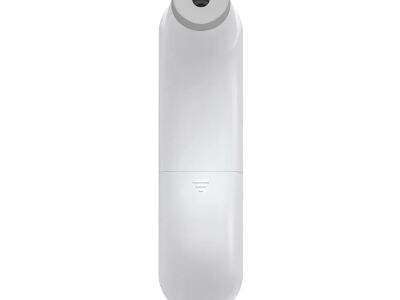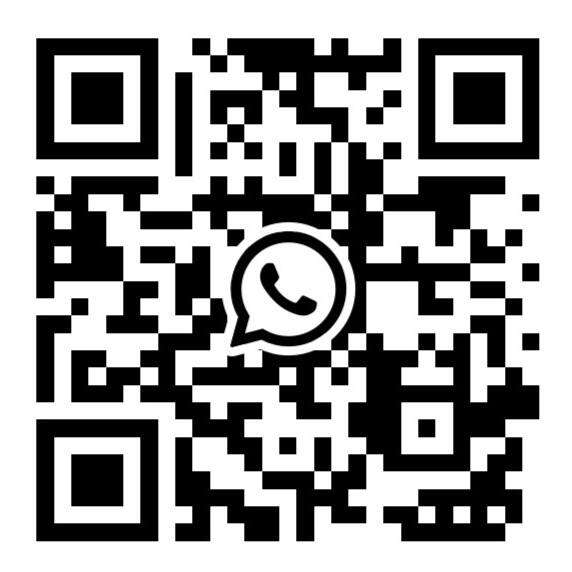Vedeli ste, že počasie a iné veci okolo nás môžu ovplyvniť výkon infračerveného teplometu? Je to pravda. Hangzhou Huaan sa vám snaží vysvetliť vplyv niektorých faktorov životného prostredia na presnosť týchto špeciálnych teplomerov. Pozrime sa na päť dôležitých dôvodov, prečo je životné prostredie dôležité pri používaní infračerveného teplometu.
Účinky teplotných výkyvov na hodnoty infračerveného teplometu.
A tieto zmeny môžu spôsobiť, že infračervený teplomer bude mať nesprávne hodnoty teploty. A ak je vonku naozaj horúco alebo naozaj chladno, Digitálne infračervené TEPOMIER môže tiež nefungujú dobre. A nezabudnite ho používať v stabilnom prostredí, ak chcete presné čítanie.
Úroveň vlhkosti a vplyv na presnosť infračerveného teplometu:
Vlhkosť je jednoducho množstvo vodnej pary prítomnej vo vzduchu. Môže mať rovnaký vplyv na presnosť činnosti infračerveného teplomeru. Ak je vzduch mimoriadne vlhký, teplomer nemusí byť taký presný. Preto zvážte jeho použitie v mieste, kde je vlhkosť optimálna pre najlepšie výsledky.
Prečo by ste mali pri používaní infračerveného teplomeru vyhýbať odrazivým povrchom:
Pamätáte si, keď ste videli svoj odraz v zrkadle? Odrazivé povrchy môžu odrážať infračervené svetlo teplomeru; zrkadlá a lesklé kovy sú v tomto zvlášť účinné. To môže skresliť údaje a poskynúť vám nesprávnu teplotu. Na vyhnutie sa chybným údajom je lepšie nepoužívať teplomer na lesklom povrchu.
Ako môže prúdenie vzduchu a prievan ovplyvniť presnosť merania teploty infračerveným teplomerom:
Prietok vzduchu sa týka spôsobu, akým sa vzduch v miestnosti pohybuje. Ak je v miestnosti ťah alebo vánok, môže to ovplyvniť údaj, ktorý poskytuje infračervený teplomer. A ak sa vzduch pohybuje, „pokračoval ďalej,“ môže odvádzať teplo z meraného objektu a teplomer ukáže nesprávnu teplotu.“ Pre najpresnejšie meranie teplomera dbajte na to, aby bol vzduch v miestnosti stály.
Ako môžu faktory životného prostredia ovplyvniť emisivosť predmetov pri používaní infračerveného teplometu:
Emisívnosť je veľké slovo, ktoré sa týka toho, ako dobre objekt vyžaruje infračervené svetlo. Materiály s rôznym emisivným účinkom majú rôzne úrovne emisivnosti, čo môže ovplyvniť presnosť teplometu. Napríklad lesklé predmety (ako napríklad kov) sa nemusia dobre čítať, zatiaľ čo veci s tupým povrchom sa môžu čítať dobre. Uistite sa, že pozorujete materiál objektu, ktorý merate, aby ste získali čo najpresnejšie hodnoty teploty.
Obsah
- Účinky teplotných výkyvov na hodnoty infračerveného teplometu.
- Úroveň vlhkosti a vplyv na presnosť infračerveného teplometu:
- Prečo by ste mali pri používaní infračerveného teplomeru vyhýbať odrazivým povrchom:
- Ako môže prúdenie vzduchu a prievan ovplyvniť presnosť merania teploty infračerveným teplomerom:
- Ako môžu faktory životného prostredia ovplyvniť emisivosť predmetov pri používaní infračerveného teplometu:








